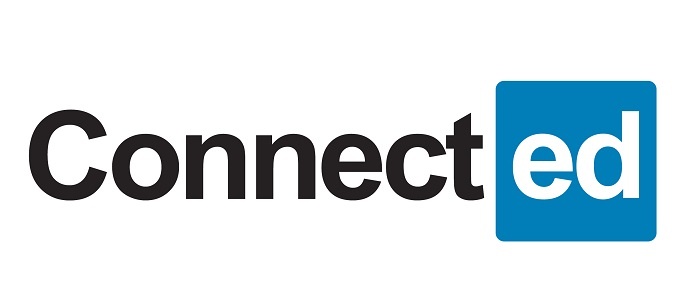LinkedIn Profile Writing: How to Create A Powerful Presence

LinkedIn now has half a billion users around that world. That’s half a billion pairs of eyes that could be looking at your LinkedIn profile. Is yours up to par?
You Need a Strong LinkedIn Profile
If you’re a professional, you need a strong LinkedIn profile—even if you’re not actively looking for a new job. Here’s why:
- Your supervisors can see your LinkedIn profile. What if they’re considering you for a promotion?
- Your clients can see your LinkedIn profile. They might want to learn more about you, or they might be trying to refer you to a friend.
- Your prospects can see your LinkedIn profile. They may research you before agreeing to do business.
- Recruiters can see your LinkedIn profile. Even if you’re not actively seeking a new job, you don’t want to miss out on any opportunities.
- Your company’s business partners can see your LinkedIn profile. You want to represent your company in the best light possible.
- Job candidates can see your LinkedIn profile. They may want to know more about the people at a company before accepting a position.
If you’re thinking about going without a LinkedIn profile instead of risking a bad one, think again. Have you ever tried to Google someone online only to come up with … nothing? It probably made you wonder what that person was hiding. Don’t let people draw the same conclusion about you.
The Essential Elements of LinkedIn Profile Writing
Your LinkedIn profile is a little like an online resume, but there’s more to it than that. Your profile can include the following:
- A photo. People want to see you.
- Your name. Include any designations you’ve earned.
- Your headline. You can include more than one job title.
- Your industry. Pick the best match so people know what kind of work you do.
- Your location. Knowing your general location is helpful for people who want to work with you.
- A summary. This is where you can introduce yourself. It’s a little like a bio or cover letter. We feel that the summary is possibly the most important place to differentiate yourself.
- You can jazz up your profile by linking to videos, presentations and other external materials.
- Your articles and activity. Share your knowledge, like what others have shared, interact with others and get some followers.
- Professional experience. Similar to a resume, this section lets you highlight your current and previous jobs.
- Show off any degrees you’ve earned.
- Volunteer experience. If you’ve been active in your community, this is a good place to let people know while still being humble.
- Featured Skills and Endorsement. Other people can endorse you in various areas, such as “insurance” or “small business.”
- Other people can write their personal recommendations of you. You can also write your recommendations of other professionals.
- This is where you can highlight various accomplishment, such as articles, books you’ve published, certifications you’ve earned or awards you’ve received.
- This is where you share the influencers, companies, groups and schools you follow.
Tips for Creating a Strong LinkedIn Profile
You don’t have to fill out every single section. For example, if you don’t have any volunteer experience to share, you can just ignore that part. At the same time, you don’t to ignore too many sections or your profile will start to look bare.
Spend some time making your profile shine. Here are some tips to help you.
- Upload a photo. People are more likely to remember and like you if they have a face to associate with your name. In fact, LinkedIn says that having a photo result in up to 21 times more views and nine times for connection requests. Include a photo, and make sure it’s a professional one.
- Add a personalized background photo. This will make your profile look more polished. LinkedIn provides instructions here.
- Avoid using vague and cliched filler words. Instead, be clear and specific about your skills. HubSpot has a list of 10 overused words to avoid in your LinkedIn profile.
- Spend time on your summary. This is where you really get to present yourself in the best light possible. LinkedIn says that the summary is the number one thing recruiters look at when they are viewing profiles. Use strong language to emphasize your strengths.
- Remember that LinkedIn is a social media site. Consider publishing articles through the LinkedIn Publishing feature so you can share your knowledge and establish yourself as a thought leader. If you don’t want to post original material on LinkedIn, share links to content from your website or from third-party sources. At the very least, take some time to follow other users, join groups and like the valuable content that others have shared. Connect with other users, including people you do and do not already know.
- Get some recommendations and endorsements. If you don’t have any, ask your colleagues for to write some for you. Remember to endorse and recommend the colleagues you admire, as well.
- Update your profile. When you switch jobs, get a promotion, receive an award, earn a certificate or publish an article, you want to add this information to your profile. Conduct regular reviews to ensure you aren’t forgetting anything.
- Proofread everything. Regardless of your industry, good communication is a must. Don’t let typos distract people from your talent.
Need bio writing services to polish up your LinkedIn profile? Inbound Insurance Marketing can help. Learn more.
